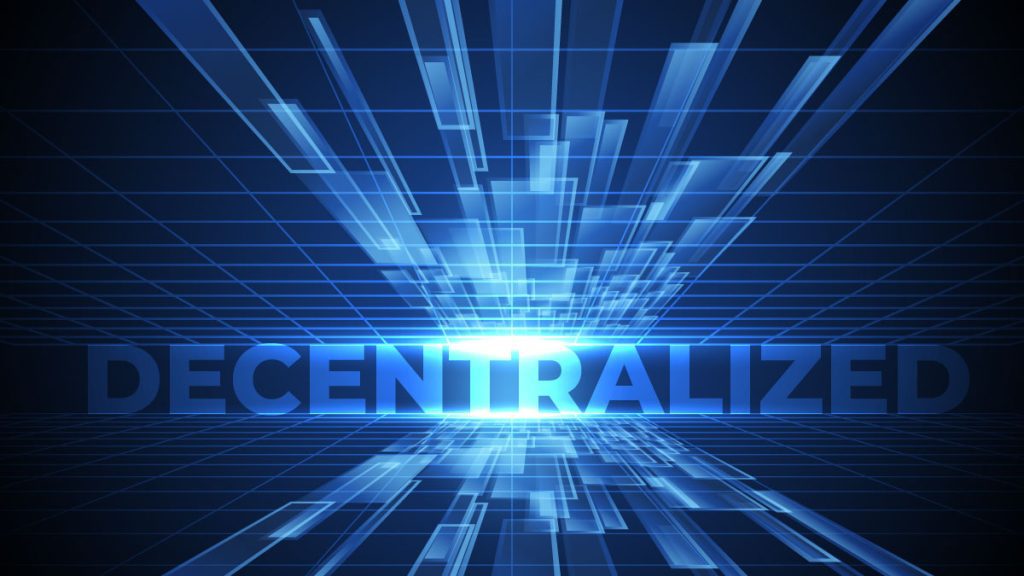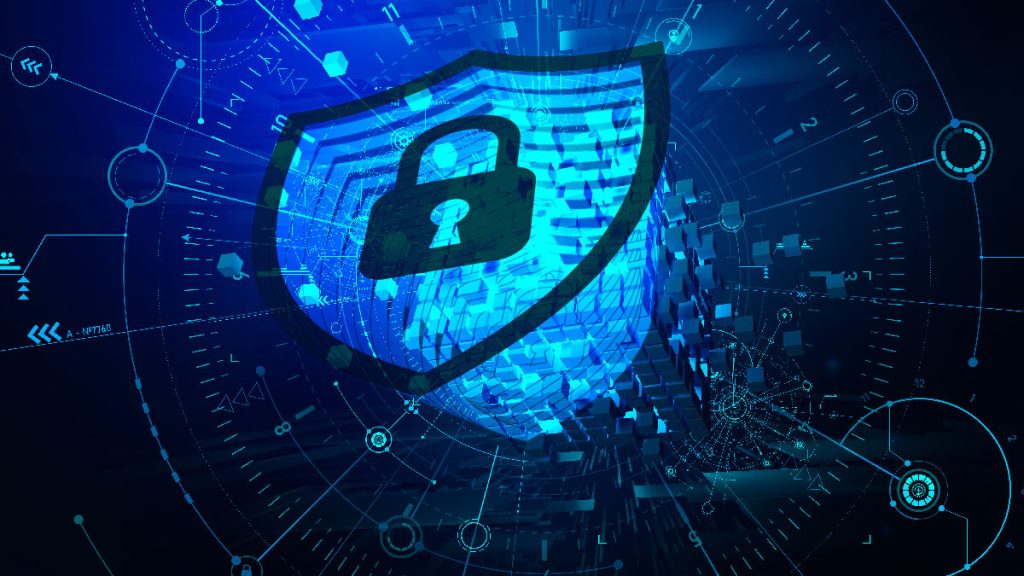
The last few years have seen the words blockchain, web 3, and decentralization thrown around like potatoes in a food fight. Everywhere on the internet, you go, people are touting the merits of decentralized finance, business, and information infrastructure. The future is decentralized in the eyes of many entrepreneurs and tech enthusiasts, but what does this mean for businesses?
Decentralized Finance: The Future of Money
Decentralized Finance (DeFi) is fast gaining traction in traditional finance, as evidenced by the 1,200 percent rise in total value locked (TVL) in DeFi protocols in 2021 alone. DeFi, a key element of Web 3.0, makes it simple to conduct real-world financial transactions on the blockchain and increases financial inclusion for people who have previously been excluded from the existing financial ecosystem.
This possible exclusion partly drove traditional financial institutions to be as centralized as they could get. Any and all financial services you can think about. Saving, trading, investing, borrowing, and lending; all these financial services are managed by centralized entities such as Visa and Mastercard. As independent private organizations, they have the right to exclude almost whomever they wish from taking part in their services. These exclusions may include platforms, political parties, or even entire countries that must jump through loops in order to access the global financial system.
It is this fact that has driven many to seek an alternative in the form of decentralized exchanges and defi platforms. Through blockchain technology, any financial transaction s take place not through an idle man or more mediate institution but through a defi protocol. Enabled through peer-to-peer networks, anyone with an internet connection, no matter their background, can jump onto the web and exchange cryptocurrency, buy and sell digital assets, borrow and lend money, and do anything they wish without revealing their identities to the world.
In this way, finance becomes more than a service; it becomes a human right, one that anyone can access.
Data Decentralization and Blockchain Technology
Decentralized data storage has started to challenge standard cloud storage and may eventually lead to a big change in how businesses distribute and keep their data. Decentralized storage alternatives are currently widely available from a number of businesses, some of which leverage blockchain technology to streamline storage processes and verify transactions through a distributed network.
Data is encrypted and stored across several locations or nodes that are managed by people or organizations who charge a fee to share their spare disk space. The private encryption key is only accessible by the data’s owner; storage providers cannot access the data. Another layer of storage security is often added by sharding the files and dispersing them across other sites.
Blockchain is frequently used in decentralized data storage devices to track storage transactions. A distributed ledger system called blockchain can automatically synchronize and confirm storage transactions between dispersed nodes. Shard hashes, data locations, rental charges, and other transaction-specific data may be recorded in the blockchain ledger. Blockchain can also connect servers that provide storage with users that are searching for it.

Decentralized storage networks can offer a variety of advantages. The primary advantage of using a decentralized network for storage by an organization is cost. Decentralized storage networks serve as a middleman between parties with spare capacity that they are prepared to lease and parties that require storage. As a result, such storage frequently costs little.
Decentralized storage networks frequently build on the blockchain or comparable technologies and offer advantages like data immutability, improved privacy, and higher levels of security all around. Because there is no single point of failure in the storage, decentralized networks are robust.
Decentralized Supply Chains
We all know how dependent we are on global logistical systems to acquire our daily needs. Without this complex network of ships, planes, warehouses, trucks, drones, and more, the world would grind to a halt.
There are, however, several advantages to using decentralized supply chains.
A decentralized supply chain may significantly reduce local logistics expenses. Operations are located close to the end user, which significantly reduces transportation expenses. Nodes that have access to nearby vendors may also be able to reduce incoming expenses.
Additionally, decentralized nodes can function more flexibly where centralized hubs cannot. They have the limited authority to move into a local market if there is an opportunity and maybe test out new items (see below). Additionally, if a company has experience managing its supply chain from a distance, it may be simpler for it to expand into new areas where it has no established node, especially if it makes use of outsourcing options in the beginning.
Further benefits to decentralized supply chains include a decreased risk in times of disaster, say in the event that a giant shipping container clogs one of the world’s most crucial shipping routes. There is also the advantage of being able to test new products more rapidly and stock greater inventory amounts in more locations for greater, more convenient availability.
Now it is unlikely that the world will switch to a decentralized model of supply altogether. Businesses will have to assess their own business needs and decide which model best suits them based on location, budget, flexibility, timelines, infrastructure, shipping speed, and customer needs.
Inside Telecom provides you with an extensive list of content covering all aspects of the tech industry. Keep an eye on our Technology, Cryptocurrency, NFT, and Metaverse sections to stay informed and up-to-date with our daily articles.